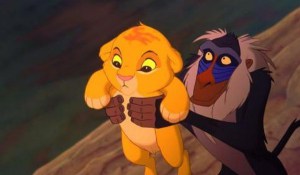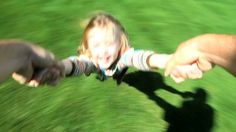> Diegetic
Diegetic sound is when there is sound and you know where does the source of sound come from on screen. Example the radio, conversation, ear- phones, etc.
> Non Diegetic
Non Diegetic is when there is sound but you don’t know where is it coming from they don’t show or you don’t see the source from where the sound comes from.
this is an example: this video shows a scene from the movie jaws with no music background and background music being added. Reminder you can’t see the where the song comes from.
> Contrapuntal
Contrapuntal is when the sound goes against your expectation like when you see a dead body you would scream but instead of screaming the character laughs.
Here is an example… please ignore the title
> Parallel
Parallel is when the sound compliments what we see on screen or each other. example a happy scene will have a happy background music or another example is children laughing at the beach.















